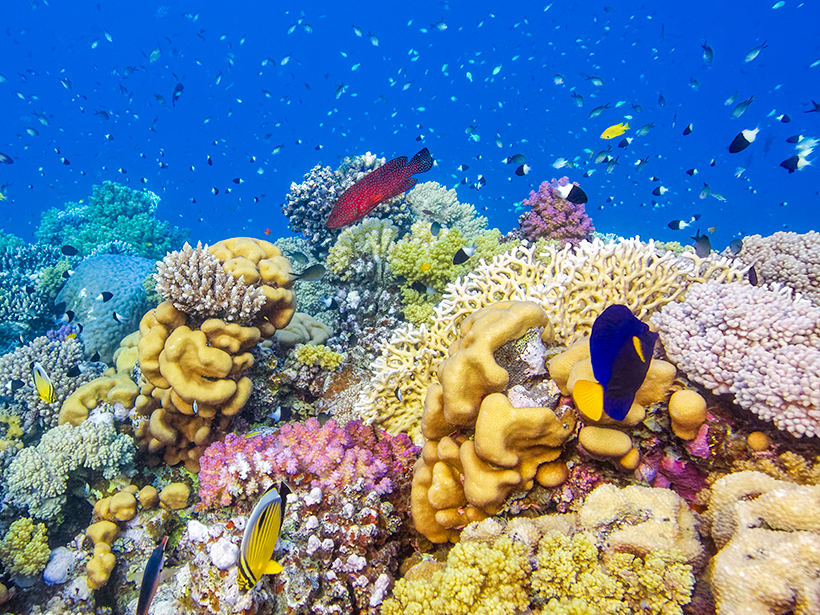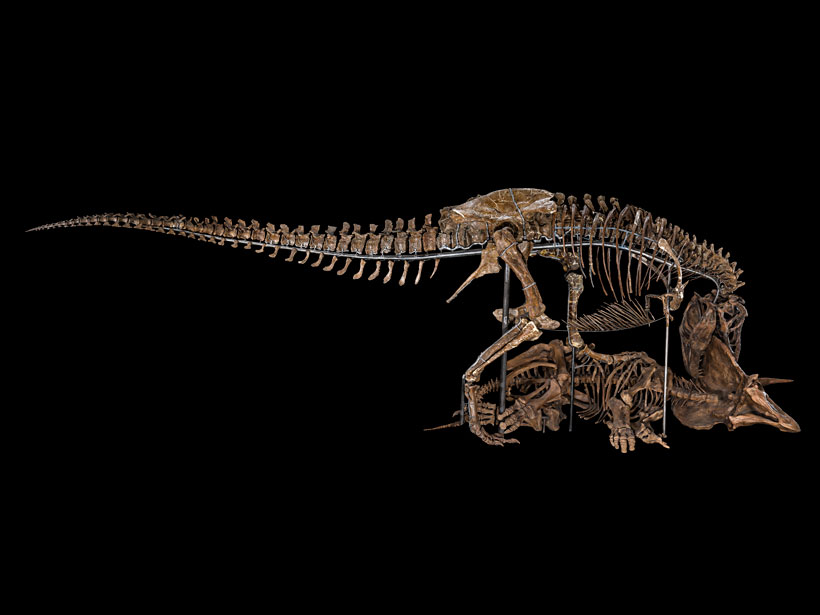Most representations of the water cycle are flawed, researchers found by analyzing over 450 diagrams: The effects of humans, seasonal changes, and different biomes are often neglected.
News
Space Is Polluted by Junk…and It’s Getting Worse
The major shift from state to commercial space programs, as well as a sharp rise in the number of upcoming launches, raises concerns about our efforts to manage the problem.
Waxman Maintains Hope for Climate Change Legislation
Former congressman Henry Waxman, who led efforts on sweeping environmental initiatives, is realistic about the obstacles presented by congressional Republicans and the Trump administration.
North Carolina Bald Cypress Tree Is at Least 2,674 Years Old
Researchers say it’s the oldest-known living tree in eastern North America. If it hadn’t been protected, it could have ended up as garden mulch.
National Academy Can Now Expel Scientists in Cases of Misconduct
Members of the National Academy of Sciences recently voted that membership in the 156-year-old institution can be revoked in cases of “egregious violations” of its Code of Conduct.
Role of Continental Arcs in Global Carbon Dioxide Emissions
Continental arcs are a major player in global carbon dioxide emissions, but quantifying that relationship is hard. A new study accepts the challenge on a global scale over 750 million years.
Can Bold U.S. Federal Climate Legislation Be Enacted Now?
Nearly 10 years after the introduction of the ambitious Waxman-Markey climate change bill, experts assess the chances of climate legislation.
House Hearing Focuses on Why Biodiversity Matters
In the wake of a dire report on global threats to biodiversity, experts explain why the issue is so urgent, not just to the environment and to threatened species but also to people.
Eruption in El Salvador Was One of the Holocene’s Largest
Roughly 1,500 years ago, the Tierra Blanca Joven eruption blanketed Central America in ash and likely displaced Maya settlements, new research shows.
Dinosaurs Roar Again, Now Including a Focus on Climate Change
The newly renovated fossil hall at the Smithsonian’s National Museum of Natural History features spectacular fossils and includes a theme of human impact on life on Earth.










